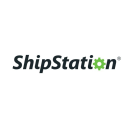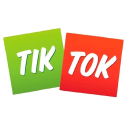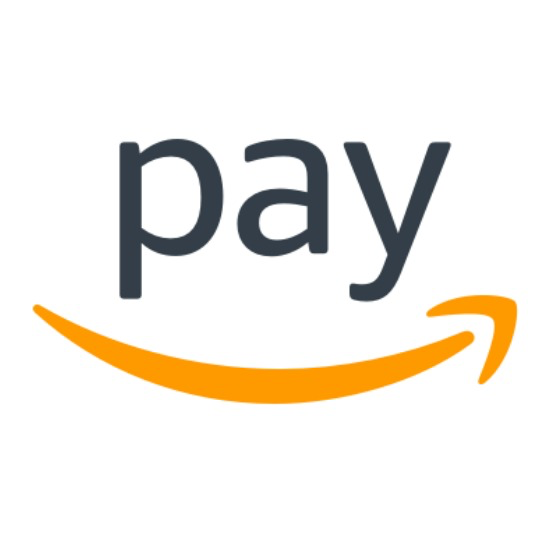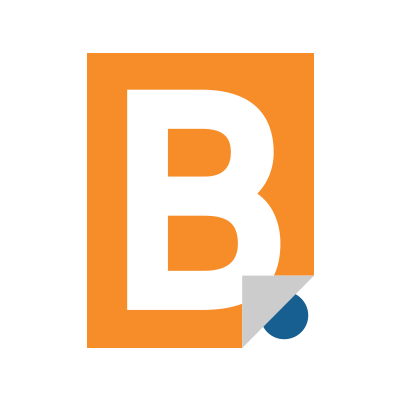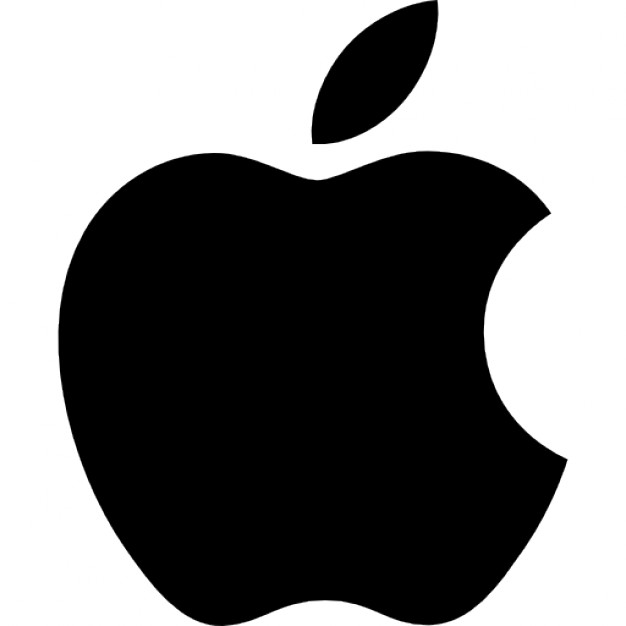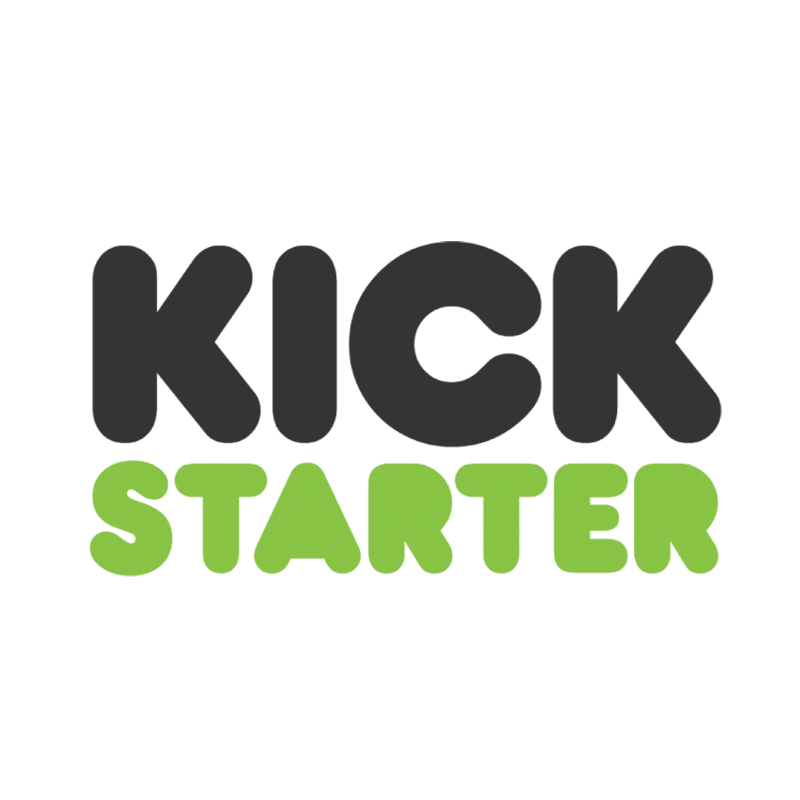How We Built A $3.4M/Year Custom Uniforms Manufacturing Business
Hello! Who are you and what business did you start?
Hi, my name is Jim Snediker and I am the CEO and co-founder of Stock Manufacturing Company. We are a uniform and workwear provider based out of Chicago, IL.
We design, develop and manufacture customs uniforms for hotels, restaurants, retail stores, commercial real estate, airport lounges and any business that has customer facing employees.
We’ve been in business for 12 years and last year we did $3.4M in revenue.
What's your backstory and how did you come up with the idea?
Stock was founded in 2012 and run by myself and my two business partners Tim Tierney and Mike Morarity. We started as a high end American made DTC menswear brand. We manufactured locally in Chicago and offered high quality products at a more affordable price.
Early in 2013 we were approached by a restaurant in Chicago that at the time was the number one ranked restaurant in the world. They still are one of a select few American restaurants that maintain 3 Michelin stars. They wanted us to...

Download the report and join our email newsletter packed with business ideas and money-making opportunities, backed by real-life case studies.

Download the report and join our email newsletter packed with business ideas and money-making opportunities, backed by real-life case studies.

Download the report and join our email newsletter packed with business ideas and money-making opportunities, backed by real-life case studies.

Download the report and join our email newsletter packed with business ideas and money-making opportunities, backed by real-life case studies.

Download the report and join our email newsletter packed with business ideas and money-making opportunities, backed by real-life case studies.

Download the report and join our email newsletter packed with business ideas and money-making opportunities, backed by real-life case studies.

Download the report and join our email newsletter packed with business ideas and money-making opportunities, backed by real-life case studies.

Download the report and join our email newsletter packed with business ideas and money-making opportunities, backed by real-life case studies.



